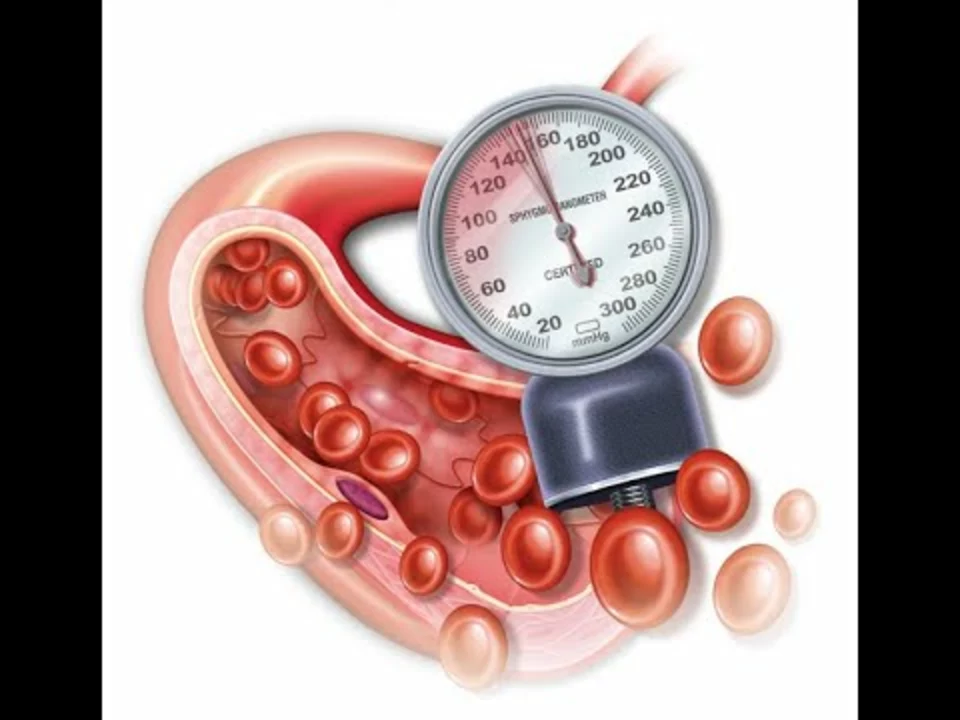Hypertension treatment: practical steps to lower your blood pressure
High blood pressure doesn't have to control your life. If you've just been diagnosed or want better control, focus on two things: steady lifestyle habits and the right medication plan with your doctor. Small changes add up fast.
Start by checking your numbers at home. Use an automatic arm cuff, sit quietly for five minutes, keep your arm at heart level and take measurements morning and evening for a week. Record the readings and bring them to appointments — doctors rely on home numbers to adjust treatment.
Everyday habits that lower blood pressure
Cut sodium to under 1,500 mg a day if you can, or at least aim for less than 2,300 mg. The DASH eating pattern — lots of vegetables, fruit, whole grains, lean protein and low‑fat dairy — works well. Aim for 150 minutes of moderate exercise a week, like brisk walking, spread across most days. Lose extra weight: even a small drop in pounds often lowers pressure. Limit alcohol to one drink a day for women and two for men. Quit smoking and manage stress with sleep, breathing exercises, or short walks.
Common medicines and what to expect
There are several drug classes. ACE inhibitors (like lisinopril) and ARBs (like losartan) relax blood vessels and are often first choices, especially with diabetes. Thiazide diuretics (hydrochlorothiazide) reduce fluid and work well alone or with other drugs. Calcium channel blockers (amlodipine) help when arteries are stiff. Beta blockers (metoprolol) lower heart rate and are useful after heart attacks. Your doctor may combine medicines. Expect side effects: cough with ACE inhibitors, dizziness with diuretics, swelling with calcium channel blockers. If a drug bothers you, tell your doctor — there are usually alternatives.
Take meds the same time every day. Use a pillbox or phone reminder. Refill prescriptions early and discuss costs or generics with your pharmacist. Never stop a blood pressure medicine without medical advice — sudden stopping can be risky.
Track progress. Good targets vary by age and health, but many adults aim for under 130/80 mmHg. If readings stay high despite lifestyle changes and two drugs, ask about secondary causes and possible specialist referral. Some people need three or more medicines to reach goals.
Know red flags. Seek urgent care if blood pressure climbs above 180/120 mmHg and you have chest pain, shortness of breath, sudden weakness, vision changes or a bad headache. These could be signs of a hypertensive emergency.
If you want practical guides or drug info, this site has articles on medications, alternatives, and safe online pharmacies. Use reliable sources and talk to your clinician about any new plan. With steady habits, the right meds, and simple home checks, most people can bring blood pressure down and feel better fast.
Regular follow-ups let your doctor check kidneys, electrolytes and adjust doses. Tell them about other drugs, supplements, or sleep problems — sleep apnea often raises blood pressure. Small, steady changes beat quick fixes; keep going even when numbers improve. Ask questions always.
Hypertension Treatment: A Guide to Medications and Their Side Effects

In my latest blog post, I've explored the various medications available for hypertension treatment and their potential side effects. I've learned that it's crucial to find the right medication for each individual, as one size doesn't fit all when it comes to managing high blood pressure. Some common medications include diuretics, beta-blockers, and ACE inhibitors, each with its own set of possible side effects. I also delved into the importance of discussing these side effects with your doctor, as they can help adjust the dosage or switch to a different medication if needed. Overall, understanding the options and being proactive about your treatment plan can make all the difference in managing hypertension effectively.
- May 20 2023
- Tony Newman
- 13 Comments
